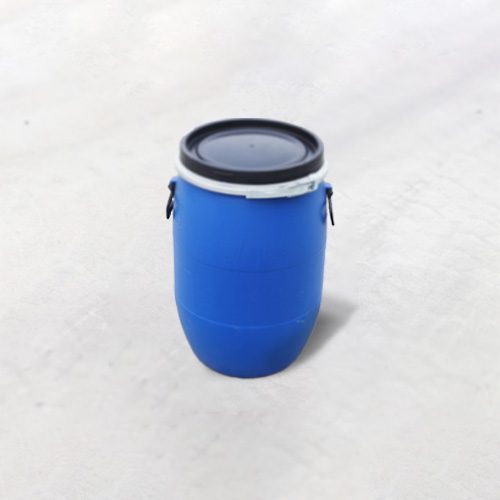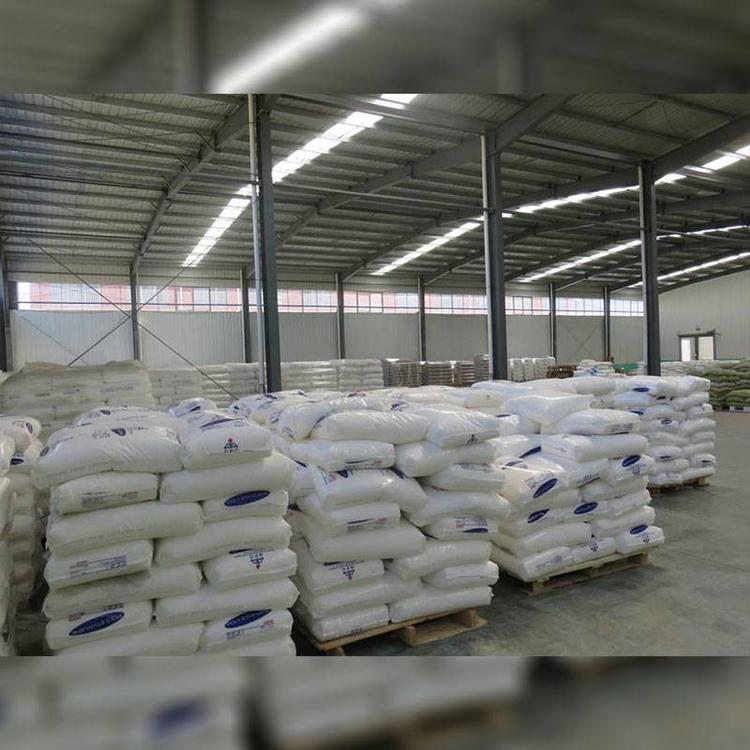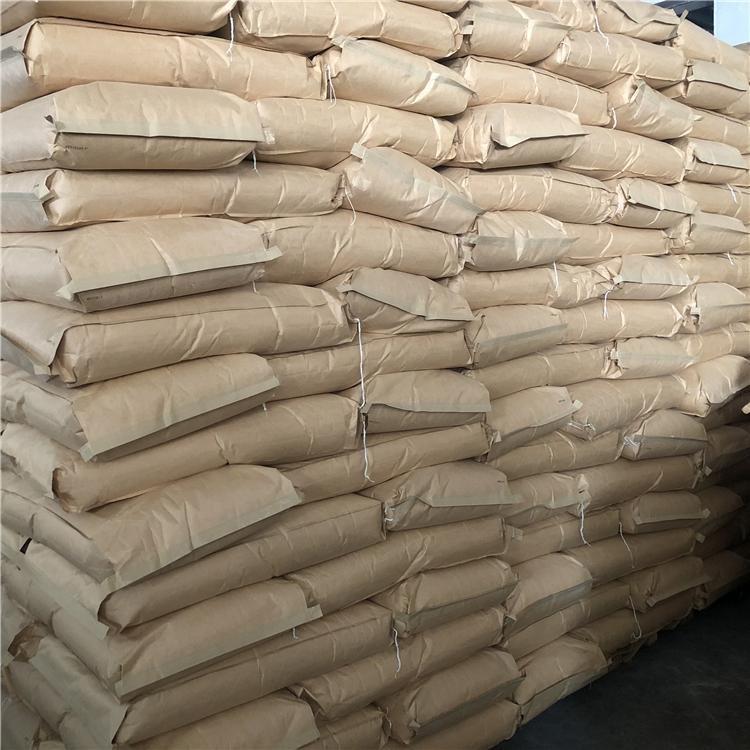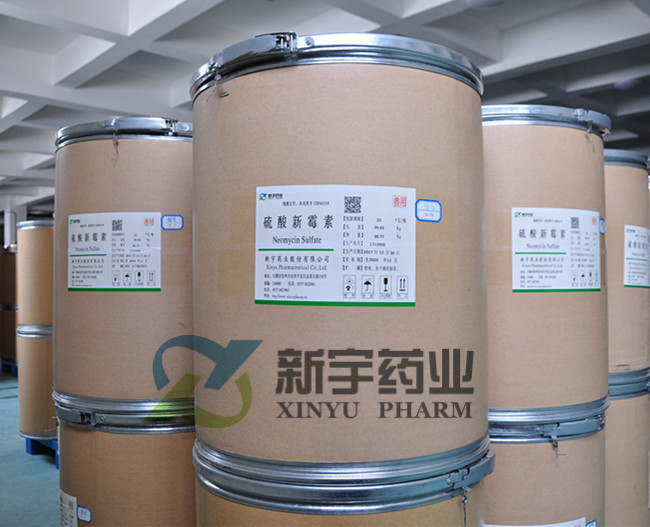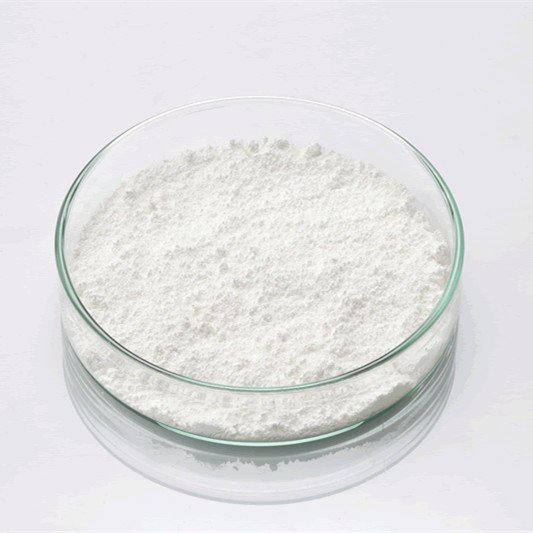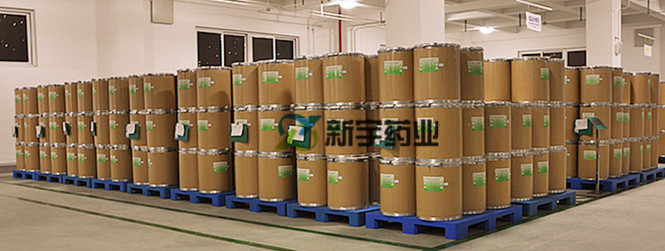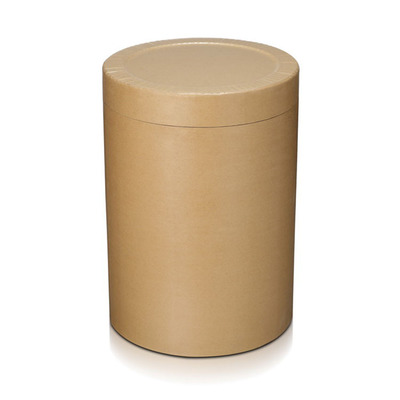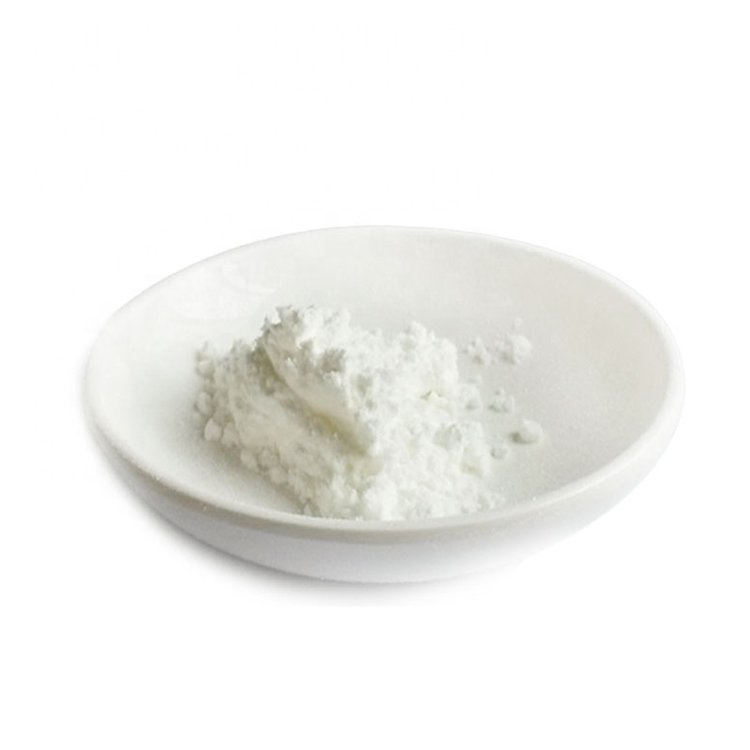Pharmaceutical Raw Materials
Veterinary API
Antiallergic Drugs
Hormones and Endocrine Drugs
Drug Metabolism
Pharmaceutical Intermediates
Synthetic Anti Infective Drugs
Specialty Drugs
Vitamins and Minerals Medicines
Feed Drug Additive
Antineoplastic Agents
Nervous System Drugs
Respiratory Drugs
Diagnostic Agents
Anti Stress Drugs
Antipyretic Analgesics
Antiparasitic Drugs
Circulatory System Drugs
Biochemicals
Blood System Drugs
Immune System Medication
Pharmaceutical Excipients
Fluid, Electrolyte, and Acid-Base Balance
Urinary System Drugs
Antibiotics
Anesthetic Agents
Inhibitors
Other Chemical Drugs
Digestive System Drugs
Alias
More Information
Rifaxidin; Xifaxan; Rifacol; Fatroximin; Normix; Rifamixin; 2S-Acetyloxy-5,6,21,23-Tetrahydroxy-27-Methoxy-2,4,11, 16,20,22,24,26-Octamethyl-2,7-(Epoxypentoeleca(1,11,13)Trienimino)Benzofuro[4,5-E]Pyride[1,2-A]Benzimidazole-1,15(2H)-Dione; Ole-1,15(2H)-Dione,25-(Acetyloxy)-5,6,21,23-Tetrahydroxy-27-Methoxy-2,4,11,16; Rifamycinl105; Rifamycinl105Sv; Rifaxamin
Brief Introduction
Rifaximin, a rifamycin derivative, was developed by Alpha Company of Italy. It was listed in Italy as an anti infective diarrhea drug in 1987, and has been widely used abroad since then. It was approved by SFDA in 2004 and has been clinically used in China. Rifamycin is a semi synthetic antibiotic with broad antibacterial spectrum and strong antibacterial effect. It can form a high blood concentration in the intestinal tract. It can inhibit Staphylococcus aureus and Streptococcus faecalis in Gram-positive aerobic bacteria, Salmonella, Shigella, Escherichia coli and Yersinia enterocolitica in Gram-negative aerobic bacteria, Bacteroides in gram positive anaerobes have high antibacterial activity. Its mechanism of action is to inhibit the bacterial polymerase, block the transcription of RNA, and then inhibit the synthesis of bacterial protein, thus reducing the production of ammonia. Its antibacterial effect is characterized by: 1) strong antibacterial force, broad antibacterial spectrum, bactericidal effect on most Gram-positive bacteria and Gram-negative bacteria (including aerobic and anaerobic bacteria), and stronger effect on Gram-positive bacteria than Gram-negative bacteria; 2) It is not absorbed by the gastrointestinal tract and has high concentration in the intestinal tract. It can rapidly play an antibacterial role in the local area by killing intestinal pathogens, and does not need to be combined with the use of intestinal antispasmodics and adsorbents.
Suppliers
View More Vendors (3) >
CAS:813-94-5
Molecular Formula:C12H10Ca3O14
Alias
More Information
Calcium(Ii) Citrate; Citric Acid Calcium Salt; Citric Acid Sesquicalcium; 2-Hydroxypropane-1,2,3-Tricaboxylate Ca3; Tricalcium Dicitrate; Calcium Citrate Tribasic; 2-Hydroxy-1,2,3-Propanetricarboxylic Acid Calcium Salt; 2-Hydroxy-1,2,3-Propanetricarboxylic Acid Calcium Salt (2:3); Tricalcium Citrate; Calcium Citrate Anhydrous; Akcicontral; Citricacid,Calciumsalt(2:3); Calsiumcitrate;Supplygoodqualitycalciumcitrate; Citrical; Tribasiccalciumcitrate
Brief Introduction
Calcium citrate is a calcium salt derived from citric acid. It is a nutritional supplement used to prevent and treat calcium deficiency. It can promote tooth and bone health and help lose weight. As a food calcium fortifier, calcium citrate has better absorption effect than inorganic calcium. It can also be used as chelator, buffer, tissue coagulant, calcium fortifier, emulsified salt, etc.
Suppliers
View More Vendors (3) >
CAS:1405-10-3
Molecular Formula:C23H48N6O17S
Alias
More Information
Fradiomycin Sulfate; Neomycin Sulphate; Neomycin Trisulfate Salt Hydrate; Neomycin Sulphate IP;
Brief Introduction
Neomycin Sulfate is the sulfate salt form of neomycin, a broad spectrum aminoglycoside antibiotic derived from Streptomyces fradiae with antibacterial activity. Neomycin is an antibiotic complex consisting of 3 components: the two isomeric components B and C are the active components, and neomycin A is the minor component. Neomycin irreversibly binds to the 16S rRNA and S12 protein of the bacterial 30S ribosomal subunit. As a result, this agent interferes with the assembly of initiation complex between mRNA and the bacterial ribosome, thereby inhibiting the initiation of protein synthesis. In addition, neomycin induces misreading of the mRNA template and causes translational frameshift, thereby results in premature termination. This eventually leads to bacterial cell death.
Suppliers
View More Vendors (3) >
CAS:24729-96-2
Molecular Formula:C18H34ClN2O8PS
Alias
More Information
Clindamycin 2-Phosphate; Dalacin T; Cleocin T; Cleocinphosphate; Clindets; Clindamycin 2-Dihydrogen Phosphate; Dalacinp; U-28508E; Bp98; Usp25; Ep97; Usp23; L-Threo-.Alpha.-D-Galacto-Octopyranoside, Methyl 7-Chloro-6,7,8-Trideoxy-6-(2S,4R)-1-Methyl-4-Propyl-2-Pyrrolidinylcarbonylamino-1-Thio-, 2-(Dihydrogen Phosphate); Clindamycinphosphate,Crystal,Usp; Clindamycin Phosphate/ 7-(S)-Chloro-7-Deoxy-Lincomycin-2-Organic Phosphate; Clindamycin Phosphate USP
Brief Introduction
Clindamycin phosphate is hydrolyzed into clindamycin with antibacterial activity after it enters the body. It has significant antibacterial effect on Gram-positive bacteria such as Staphylococcus aureus and Streptococcus, Bacteroides and fusobacteria in anaerobic bacteria, and has no cross allergic reaction with penicillin and cephalosporin antibiotics. It can be used for patients allergic to penicillin.
Suppliers
View More Vendors (3) >
CAS:56-75-7
Molecular Formula:C11H12Cl2N2O5
Alias
More Information
Chloromycetin; Chlornitromycin; Levomycetin; 2,2-Dichloro-N-[(1R,2R)-1,3-Dihydroxy-1-(4-Nitrophenyl)Propan-2-Yl]Acetamide; 2,2-Dichloro-N-[(1R,2R)-2-Hydroxy-1-(Hydroxymethyl)-2-(4-Nitrophenyl)Ethyl]Acetamide
Brief Introduction
Chloramphenicol is a broad spectrum antibiotic introduced into clinical practice in 1948, but which was subsequently shown to cause serious and fatal aplastic anemia and is now used rarely and reserved for severe, life-threatening infections for which other antibiotics are not available. Chloramphenicol has also been linked to cases of acute, clinically apparent liver injury with jaundice, largely in association with aplastic anemia.
Suppliers
View More Vendors (3) >
Inquiry (
10
/ 10
)
Clear All
Sign In
Error!

